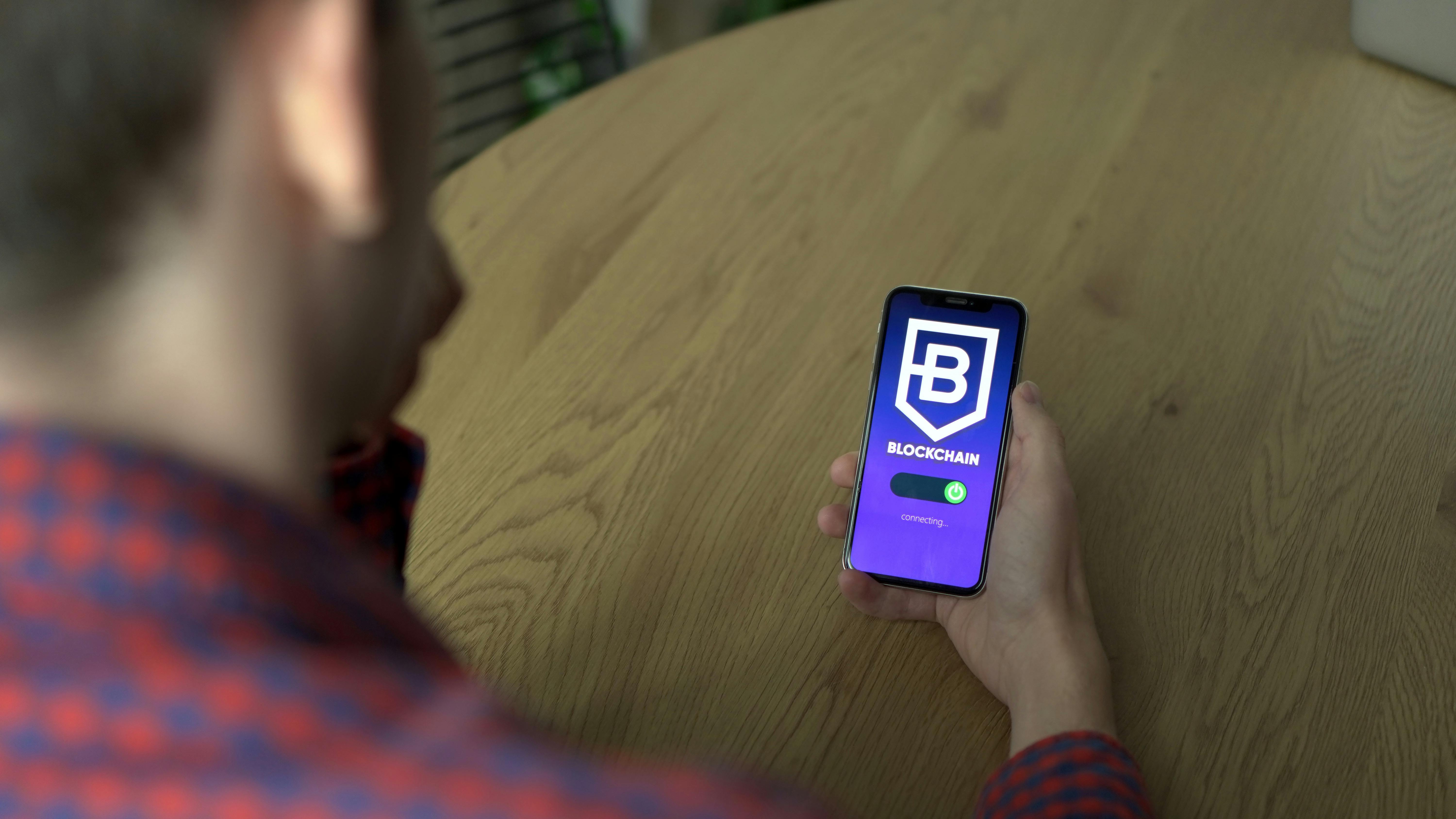IBlockchain technology, although initially introduced in Satoshi Nakamoto's 2008 Bitcoin paper, now spans a wide range of applications from the financial sector to healthcare services, supply chains, and voting systems. This technology enables transactions to be recorded and verified on a distributed network without the need for a third-party intermediary, thus minimizing issues like data manipulation and fraud while enhancing transparency and trust.
Introduction
Blockchain technology offers a structure where everyone can see the transaction history and easily verify the transactions' accuracy. This eliminates the need for intermediaries and central authorities in transaction verification, allowing transactions to be carried out more quickly and securely. Particularly in the finance sector, this technology reduces costs while increasing security and data integrity. It is expected that blockchain technology will become even more widespread in the future, finding applications in various sectors. This article will discuss the basic principles of blockchain technology, its application areas, and its future impacts. Blockchain, as the name suggests, consists of data blocks linked together. Each block contains a certain number of transactions and is encrypted along with a summary of the previous block, thus chaining the blocks together and ensuring the accuracy of each transaction based on the previous block. When a new block is created, it is distributed to all participants in the network, and each participant adds this block to their blockchain. This process ensures the distributed nature of the network and the security of transactions.

Features
Blockchain has several fundamental features that distinguish it and set its standards. Blockchain offers a structure that allows data to be recorded and updated in a distributed manner. This distributed structure ensures that data is not stored at a single central point but is distributed among various nodes. Generally, blockchain operates as a distributed database. The database exists in a distributed structure across nodes, which some researchers describe as computers, while others view them as part of the system. Blockchain does not require a central authority to securely transfer data. This feature is facilitated by a consensus mechanism, and communication occurs directly between individual nodes, making blockchain an independent structure and thus eliminating the need for a centralized system. The blockchain system ensures that data is transparently recorded and verified at every node. This transparency enhances the system's reliability, as all blocks and transactions are visible to every node. This demonstrates blockchain's transparency and reliability as a decentralized system. As Nakamoto's report (2008) stated, the blockchain is completely ownerless, and transactions are always associated with an account. Each user has a unique address for transactions, which are conducted over these addresses. The immutability of records added to the blockchain is another important feature. Records cannot be updated, deleted, or tampered with, meaning they are immune to various types of attacks. Blockchain technology uses computational algorithms to prevent the reversal of stored records, making it impossible to alter the history of transactions. The blockchain system maintains identity privacy during data transfer between nodes. Nodes can conduct transactions without disclosing identity information, needing only the blockchain address of the person. This protects users' identities, a significant feature of the blockchain.
Advantages and Disadvantages
Pros:
Recording data accessible by all stakeholders prevents data loss and destruction. Trust is built among stakeholders without intermediaries through digital verifications. Everyone can view the status of their transactions and the details of all transactions in the blockchain, increasing transparency. Data on the Blockchain cannot be altered or deleted, ensuring data security. Due to its distributed nature, the blockchain can operate without a central authority; it cannot be controlled, cancelled, or shut down. Smart contracts can automate certain activities, making transactions faster and more efficient.
Cons:
Blockchain systems using consensus protocols like "Proof of Work" are energy-intensive, requiring expensive computer systems. Storing all data at every node and verifying transactions can result in slower performance compared to traditional databases. For example, adding a block to the Bitcoin chain can take up to an hour. Having each node store and access a copy of all data can jeopardize users' privacy. Once created, smart contracts are immutable and stored openly, leaving individuals vulnerable to malicious attacks.
Applications and the Future
Although blockchain technology started as the infrastructure for Bitcoin, today it is used in various sectors including finance, healthcare, real estate, supply chains, governments, and telecommunications. Money is not mandatory for its use; it can transfer or manage ownership of any digitally represented value. In the energy sector, the Internet of Things and blockchain compatibility can enable machines to trade energy according to predefined smart contracts. In healthcare, it can securely store and transfer patients' medical records and prevent drug fraud. In agriculture, RFID systems and distributed database-based security approaches can be used to track growing, pesticide application, and packaging processes. For content providers, the use of blockchain technology can track the rights of use and production of content. In the music industry, issues like ownership rights, copyright distribution, and transparency can be solved with blockchain and smart contract technology. For government affairs, blockchain technology can be used to encrypt and manage official documents and certificates such as identities, passports, birth certificates, marriage licenses, and property records.
Conclusion
Blockchain technology is not just for cryptocurrencies; it facilitates the secure, decentralized exchange of any digitally represented value, ensuring transactions are trackable by all stakeholders. Features like traceability, transparency, and the impossibility of retroactive alterations or deletions enhance transaction security.
Blockchain technology is a topic of research and interest for use across various sectors. In the future, its application in decentralized transaction systems may become an indispensable part of our daily lives.

